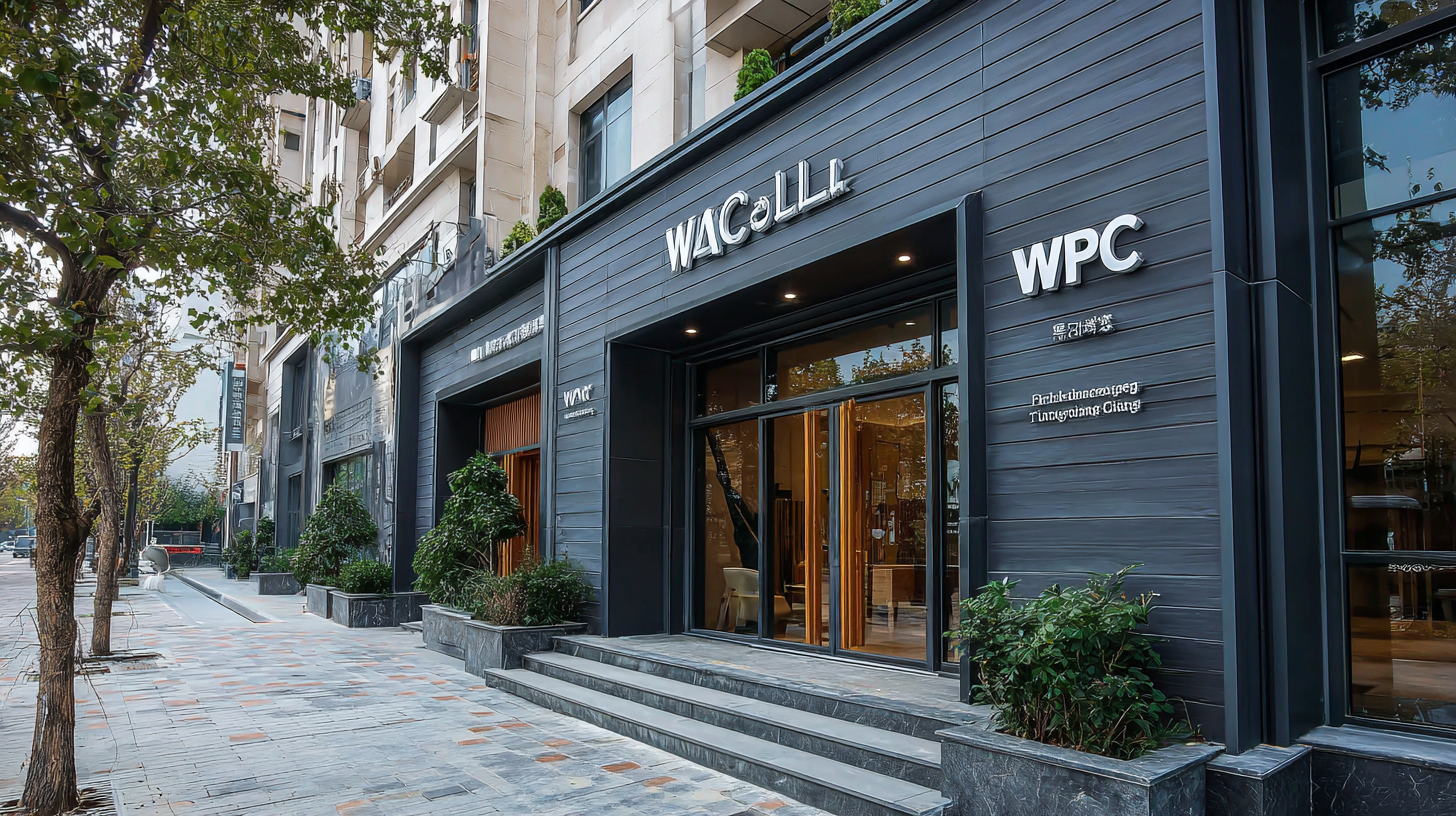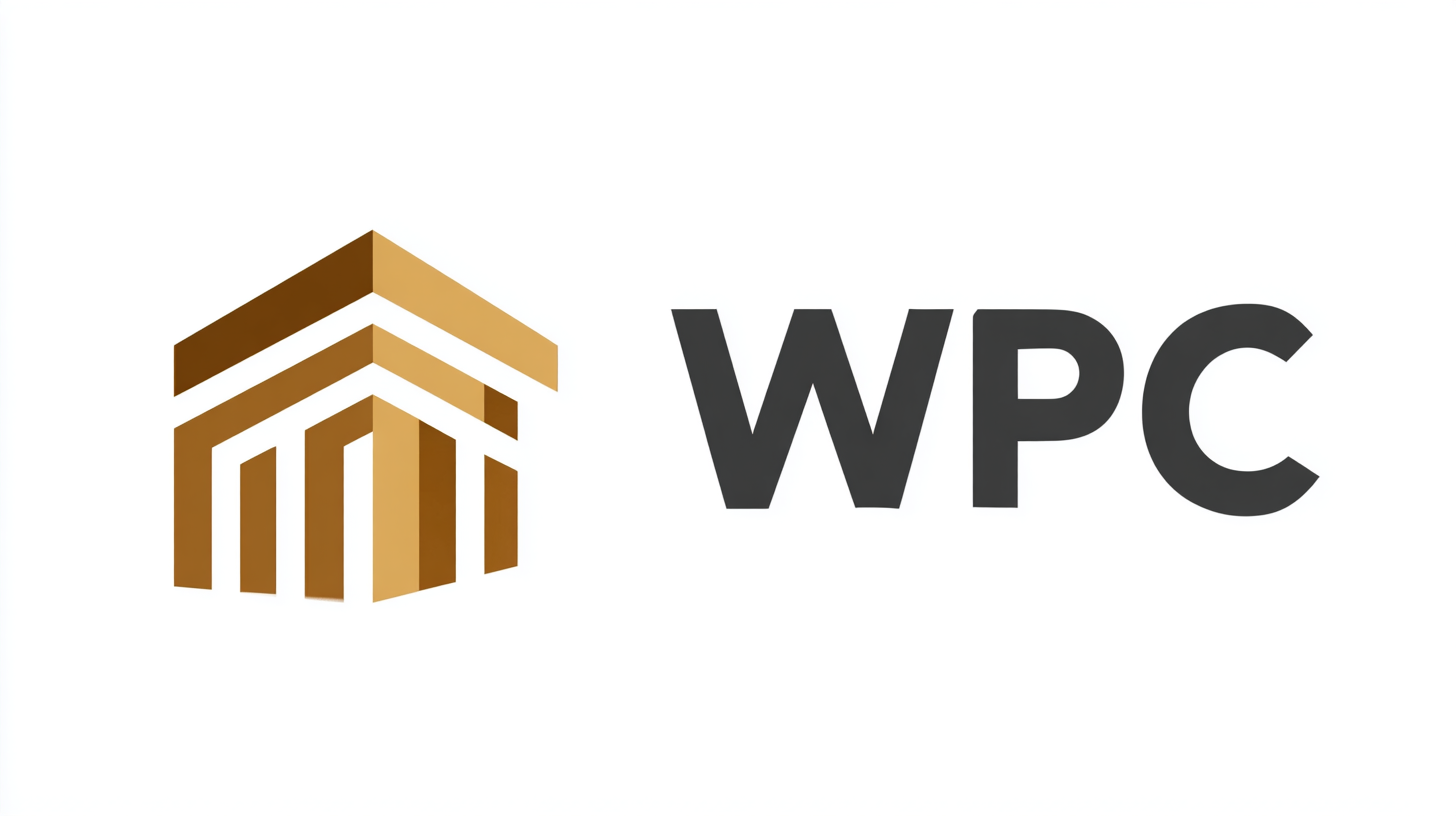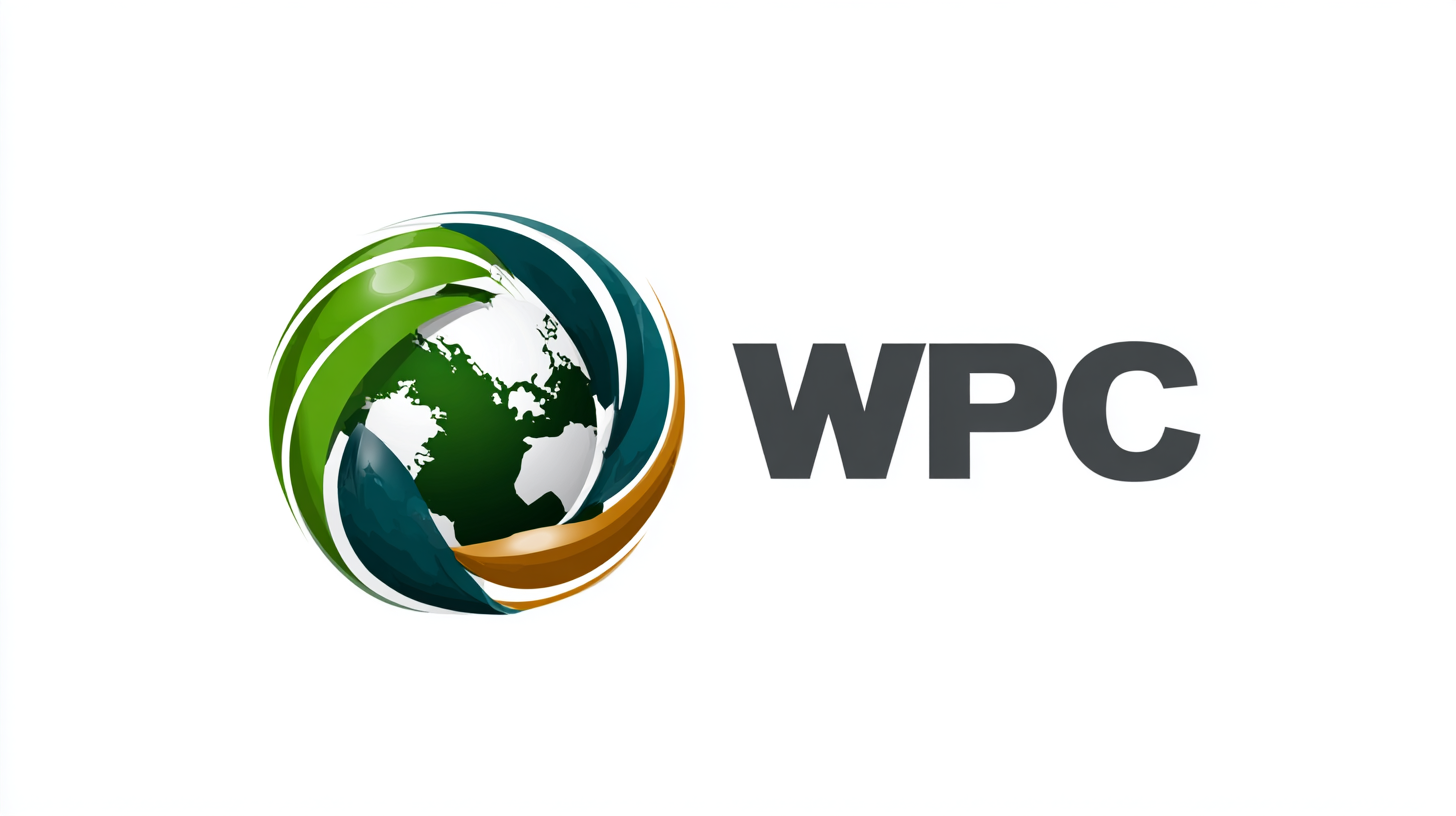Shandong Xiangying New Materials Technology Co., Ltd.
Shandong Xiangying New Materials Technology Co., Ltd.
As we stride into 2025, the landscape of construction and design is set to transform dramatically, particularly when it comes to innovative materials. One such material gaining prominence is WPC wall cladding, which combines the durability of wood and the resilience of plastic, providing a sustainable and aesthetically pleasing option for architects and homeowners alike. This blog aims to explore the future of the best WPC wall cladding technology trends that are emerging globally, emphasizing China's pivotal role in this industry with its mantra of "Made in China, Shared Globally, Quality You Can Trust." By examining the latest advancements, market demands, and environmental considerations, we will uncover how WPC wall cladding is poised to revolutionize exterior and interior design, ensuring that global buyers are well-informed to make choices that emphasize sustainability and style.

As we look towards 2025, the landscape of WPC (Wood Plastic Composite) wall cladding is ripe with innovation and exciting advancements. Emerging technologies are paving the way for enhanced durability, sustainability, and aesthetic appeal. One notable trend is the integration of smart technology in wall cladding systems. This advancement allows for features such as temperature regulation and moisture control, ensuring a more comfortable environment for building occupants while extending the lifespan of the cladding materials.
Moreover, advancements in manufacturing techniques are making WPC wall cladding more eco-friendly. The use of recycled materials is expected to increase significantly, reducing the environmental footprint of construction activities. In addition, the introduction of new surface finishes and colors will cater to a broader range of design preferences, allowing architects and designers to create unique and captivating spaces. As these innovations unfold, global buyers will have more options than ever to choose from, aligning with the growing demand for environmentally responsible and aesthetically pleasing building materials.
As we look forward to 2025, the demand for sustainable building materials, particularly Wood Plastic Composite (WPC), is on the rise. WPC materials are gaining traction due to their eco-friendly properties, combining the durability of plastic with the natural appeal of wood. This convergence not only meets the aesthetic preferences of consumers but also aligns with global sustainability standards. With regulations becoming stricter, manufacturers are being called upon to ensure that their WPC wall cladding products reduce environmental impact while maintaining high quality.
Tip: When selecting WPC wall cladding, prioritize products that are certified by recognized sustainability standards. Look for labels such as FSC (Forest Stewardship Council) or similar certifications, indicating responsible sourcing and minimal environmental footprint. This not only extends the longevity of your investment but also contributes to a greener planet.
Moreover, advancements in technology are driving innovations in WPC materials, allowing for greater versatility and performance. Enhanced formulations resist fading, mold, and warping while providing a wide variety of colors and textures that can mimic traditional wood finishes.
Tip: Engage with suppliers who are ahead of the curve in employing recycled materials in their WPC products. This can help reduce waste and promote a circular economy, which is essential for adhering to future sustainability trends.

The advancements in wood-plastic composite (WPC) production processes are critically shaping the future of wall cladding technology. As global buyers look toward 2025, they will find that efficiency has become a cornerstone of WPC manufacturing. Innovative techniques such as closed-loop recycling and superior blending methods are minimizing waste and enhancing the performance of WPC materials. These processes not only expedite production timelines but also contribute to a more sustainable approach to building materials, appealing to environmentally-conscious consumers.
In addition to boosting efficiency, the emphasis on quality has never been higher. Emerging technologies such as digital and automated quality control systems are being integrated into production lines, ensuring that every batch of WPC meets rigorous standards. This is crucial for delivering consistent texture, durability, and aesthetic appeal in wall cladding applications. As technology continues to evolve, we can expect even more robust formulations and finishes that cater to a wide array of design preferences, positioning WPC as a leading choice for contemporary architecture in the years to come.
The projected growth of WPC (Wood Plastic Composite) wall cladding sales worldwide by 2025 is an exciting topic for global buyers. According to a recent market analysis report, the WPC wall cladding industry is expected to reach approximately $7.2 billion by 2025, growing at a compound annual growth rate (CAGR) of 12.4% from 2023. This growth is driven by increasing demand for sustainable building materials and the rising popularity of eco-friendly construction practices globally.
As the market expands, consumers are becoming more discerning in their choices. Factors such as durability, aesthetic appeal, and weather resistance are essential for buyers looking to invest in WPC wall cladding. Reports indicate that manufacturers are continually innovating, leading to enhanced product performance and diverse design options. Therefore, it is crucial for buyers to stay informed about the latest technology trends in WPC wall cladding.
**Tip:** When sourcing WPC wall cladding, consider suppliers that utilize recycled materials in their products. This not only helps the environment but can also enhance the marketability of your project.
**Tip:** It's advisable to analyze the regional market trends where you plan to sell or use WPC wall cladding, as preferences and regulations may significantly vary. Emphasizing local needs can streamline the procurement process and maximize your investment returns.
As we glimpse into the future of WPC (Wood Plastic Composite) wall cladding technology, it's evident that consumer preferences are playing a pivotal role in shaping design trends for 2025 and beyond. Eco-conscious buyers are increasingly demanding sustainable and durable materials. This shift in consumer awareness is steering manufacturers to innovate and create products that not only meet aesthetic desires but also address environmental concerns.
Tips for buyers include considering the sustainability certifications of WPC products. Look for materials sourced from recycled content to enhance the eco-friendliness of your projects. Additionally, color and texture options are expanding, so don't hesitate to explore diverse finishes that can elevate the architectural appeal of your space.
Moreover, the integration of technology in WPC wall cladding is becoming a notable trend. Smart features, such as temperature regulation and enhanced resistance to weather elements, are being prioritized. Buyers should stay informed about these advancements and consider how they can incorporate them into their designs for a modern and functional approach. By embracing these trends, consumers can make informed choices that reflect their values and enhance their living environments.

